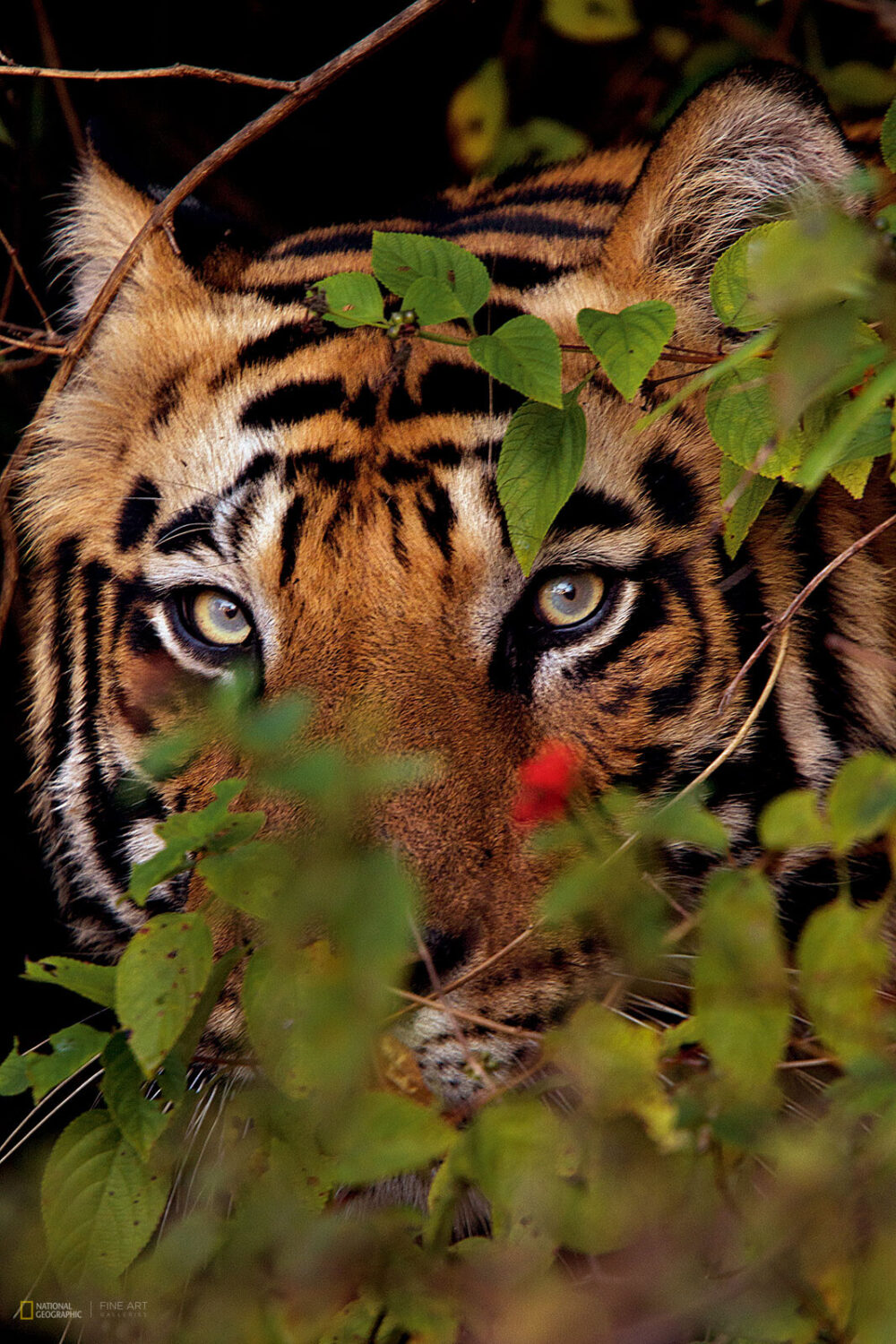Steve Winter
Steve Winter was steeped in photography almost from birth. At the age of seven, his father, who was a member of the local camera club in Fort Wayne, Indiana, gave him an Instamatic camera. Soon, father and son were winning prizes in the annual Kodak snapshot contest. But it was seeing the work of the great photojournalists of National Geographic and LIFE magazines that made him dream of being a photographer. Today, Steve is one of the best known wildlife photographers in the world, whose photos, like “Hollywood Cougar,” have become some of the most iconic images of our time.
Q & A
You specialize in wildlife photography. What attracts you to that? And how do you think photography can make a difference?
Photography can be a powerful tool. One of the most important things is to show people the natural world in a completely new way. Tigers are the number one animals in the world. But how do you connect that animal, and the landscapes in which it lives, to our daily lives? The forests are the lungs of the world, providing 50 percent of the oxygen we breathe and 75 percent of all fresh water. If you save jaguars in the Amazon, lions and leopards in Africa, or tigers in South Asia, you’re helping us save ourselves.
You are currently working on a worldwide leopard story for National Geographic. Tell us about the project—and how it can help save leopards.
Like my photo “Hollywood Cougar,” I am trying to find images that people haven’t seen before, which give them a reason to care not only about these animals but also about the ecosystems in which they live—and then transfer it back to their own lives.
There are almost 60 leopards living in Mumbai, the fourth largest city in the world. Instead of the clichéd image of a leopard lying in a tree, if we can show people something jaw-dropping—like a leopard walking at night 50 meters from an apartment block in Mumbai—people will stop and look at leopards in a new way.
National Geographic Image Collection Interview With Steve Winter By Simon Worrall
Showing all 4 resultsSorted by latest



